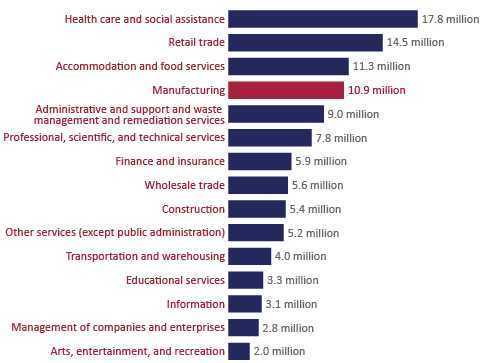Oct 7 2012
Ahead to the Past: Dependence on mass inspection in iPhone 5 assembly
See on Scoop.it – lean manufacturing
“…a government spokesman for the Zhengzhou industrial zone said about 100 Foxconn inspectors refused to go back to work after one was reputedly beaten by disgruntled workers.’The instruction to strengthen quality inspections for the iPhone 5 was given by Apple Inc. following multiple complaints from customers regarding aesthetic flaws in the phone,’ said the unnamed spokesman…”
30 years after Deming called on manufacturers to cease dependence on inspection to achieve quality, the practice seems thriving in the assembly of an iconic 12st-century product. It should be noted that the quality issues are not about how the iPhone 5 works but how it looks. They are purely issues of assembly and handling, not electronics.
See on appleinsider.com




Oct 10 2012
7 Charts About America’s Manufacturing Industry
See on Scoop.it – lean manufacturing

Seven Charts from the US Census Bureau That Show How Essential Manufacturing Remains To America. These charts do not include other useful numbers from the US Census Bureau, such as value-added per industry, with value-added defined as Sales – External Inputs, where the external inputs are comprised of materials, energy, and outsourced services.
See on www.businessinsider.com
Share this:
Like this:
By Michel Baudin • Press clippings 2 • Tags: Economic statistics, Manufacturing